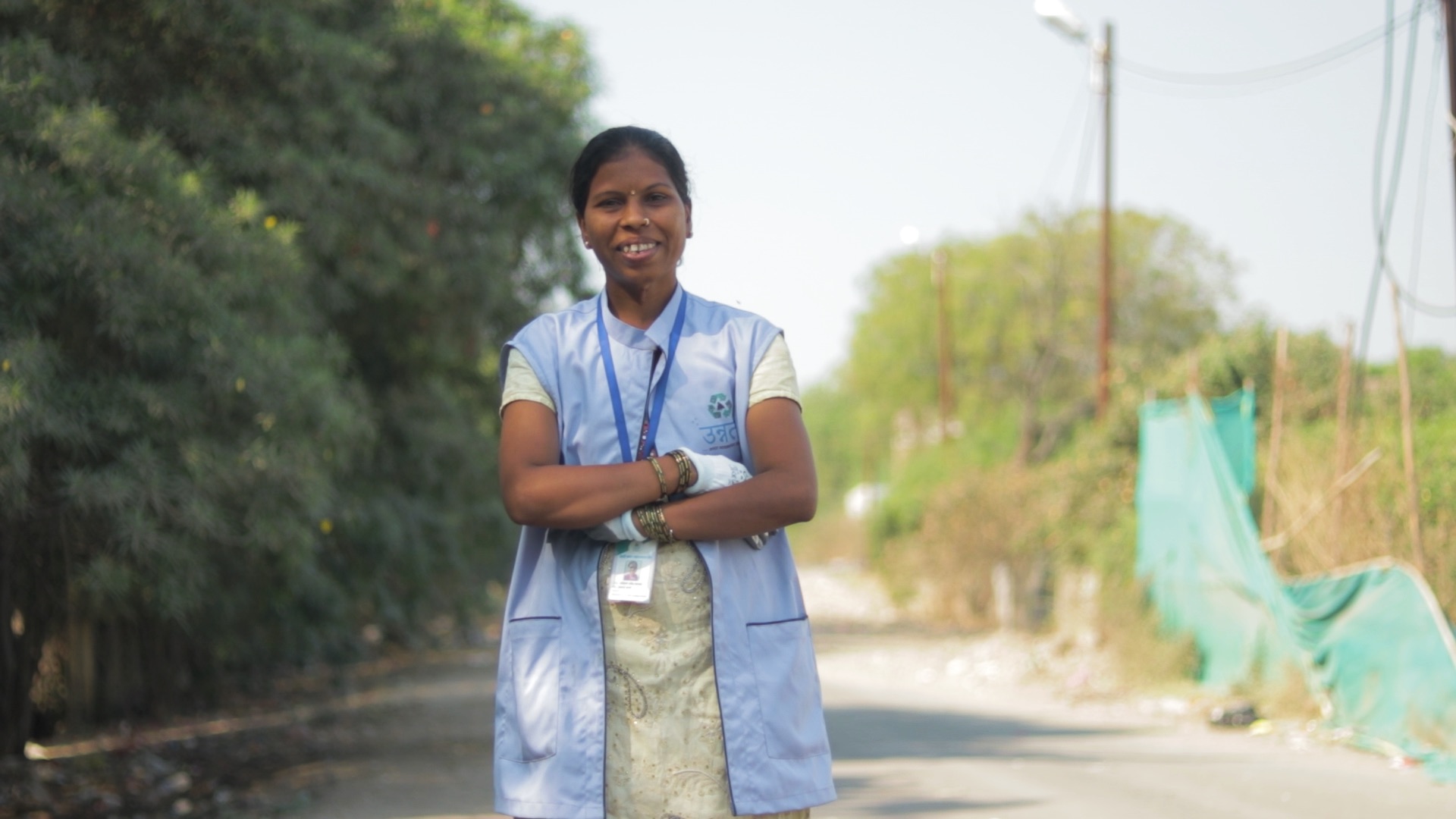"Dream, Dream, Dream! Conduct these dreams into thoughts, and then transform them into action."
- Dr. A. P. J. Abdul Kalam
"Dream, Dream, Dream! Conduct these dreams into thoughts, and then transform them into action."
- Dr. A. P. J. Abdul Kalam
20 Sep 2024
For decades, the Kham River in Chhatrapati Sambhajinagar (formerly Aurangabad) symbolized the challenges of rapid urbanization. The once-pristine seasonal river became a dumping ground for waste, and its banks were overrun with pollution. But thanks to a women-led environmental consulting firm, EcoSattva, this river is now restored to its former glory. Through the Kham River Restoration Initiative, EcoSattva has reversed decades of environmental degradation. The initiative has brought the river back to life while ensuring that the surrounding communities thrive.
The Kham River's degradation was a complex issue, demanding an equally comprehensive solution. In 2020, EcoSattva began its mission by conducting thorough research to understand the ecological, social, and infrastructural challenges surrounding the river. Their findings shaped a multi-faceted approach involving deep ecological restoration, waste management, and community engagement.
The firm collaborated with a wide array of stakeholders—scientists, city planners, local communities, and non-governmental organizations. Together, they identified priority areas that needed attention and laid the groundwork for a holistic restoration project that would not only clean up the river but also rebuild the community’s relationship with this critical waterway.
At the heart of the Kham River Restoration Initiative is the rehabilitation of the river’s riparian zone—the lush, natural buffer along the riverbanks. EcoSattva's team employed various restoration techniques, such as dredging, desilting, and pitching, to stabilize the river’s edges and prevent further erosion. Native species were reintroduced to the area, helping to restore the ecosystem and provide a natural flood barrier during the monsoon season. These efforts not only protect the river but also support the livelihoods of downstream fishing communities, who depend on the river's health for their economic survival.
One of the most significant contributors to the Kham River’s degradation was unchecked waste disposal. EcoSattva tackled this head-on through an innovative waste management strategy. Garbage Vulnerable Points, locations with a high density of waste, were targeted. Many of these areas were transformed into pocket parks—green spaces where the community could gather and reconnect with their environment.
EcoSattva also launched the Unnati Program, an ambitious initiative aimed at improving sanitation across 42 municipal wards. The program focused on capacity building for sanitation staff, empowering them with the skills and tools necessary for efficient solid waste management. Women waste pickers, known as Safai Saathis, were employed and trained to work systematically on waste collection and segregation. This not only improved the city's waste management systems but also provided economic opportunities for marginalized women.

One of the most visible outcomes of the Kham River Restoration Initiative is the creation of the EcoPark. Spanning 5 kilometers along the river, this park features rejuvenated freshwater ponds and wetlands that were once contaminated by decades of waste. The EcoPark now serves as a hub for environmental education and community engagement, complete with walking paths and an amphitheater for events.
The park’s ponds and wetlands not only act as natural water filtration systems but also support a thriving ecosystem of birds, insects, and aquatic life. The space has become a vital asset for the city, offering residents a place to relax, learn, and connect with nature.
EcoSattva understood from the beginning that the success of the Kham River restoration hinged on the involvement of local communities. The firm launched a robust social inclusion campaign to engage citizens at every level. Educational programs were introduced in schools to teach children about the importance of rivers and ecosystems. Cultural events, such as traditional dance performances and locally commissioned art, were organized to bring people together and foster a renewed sense of pride in the Kham River.
Public awareness campaigns were also crucial in dispelling myths about seasonal rivers like the Kham. Many had come to view the river as a liability, especially during the dry season when it appeared barren. EcoSattva's work has been pivotal in emphasizing its importance as a living, breathing entity that sustains the city.
Today, as we celebrate World Rivers Day 2024, the inspiring transformation of the Kham River serves as a powerful reminder of the vital role rivers play in our ecosystems and communities. This initiative highlights the impact of dedicated grassroots efforts. On this global occasion, let us celebrate the remarkable revival of the Kham River and commit ourselves to protecting and preserving all rivers to ensure that they continue to nourish both nature and the communities that rely on them for generations to come.